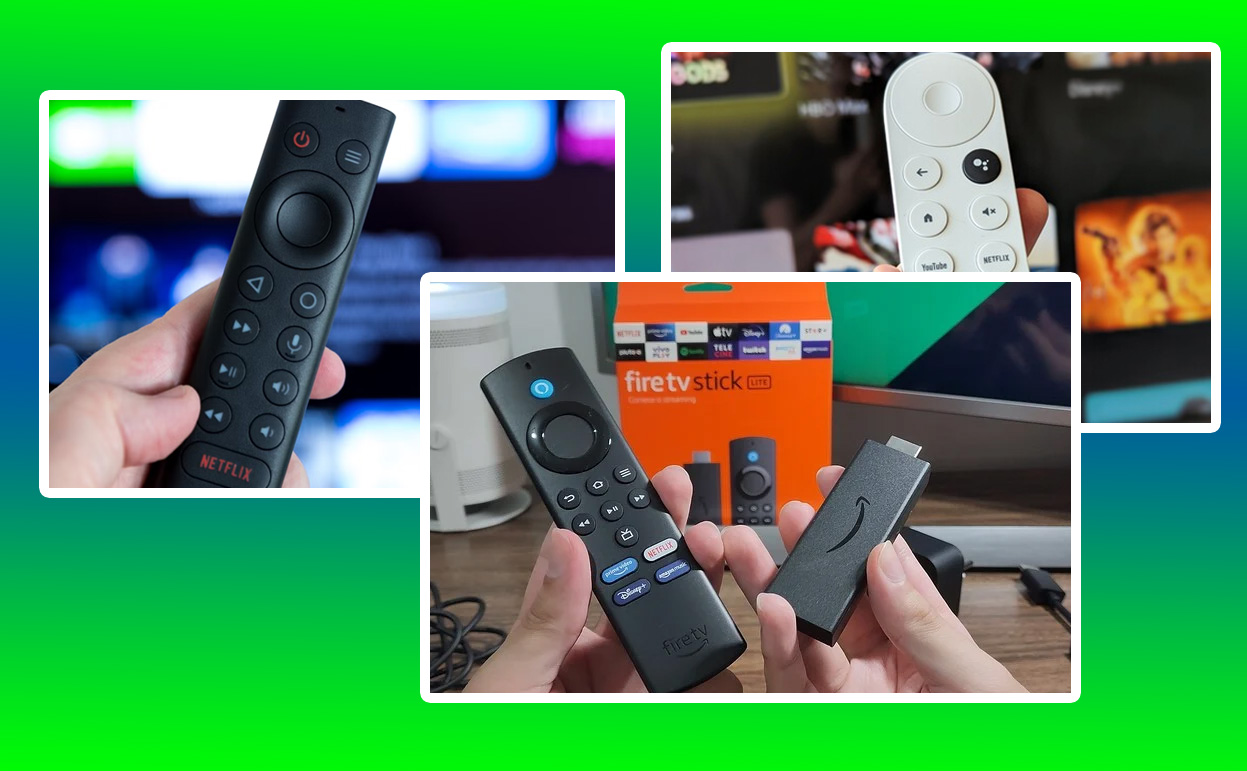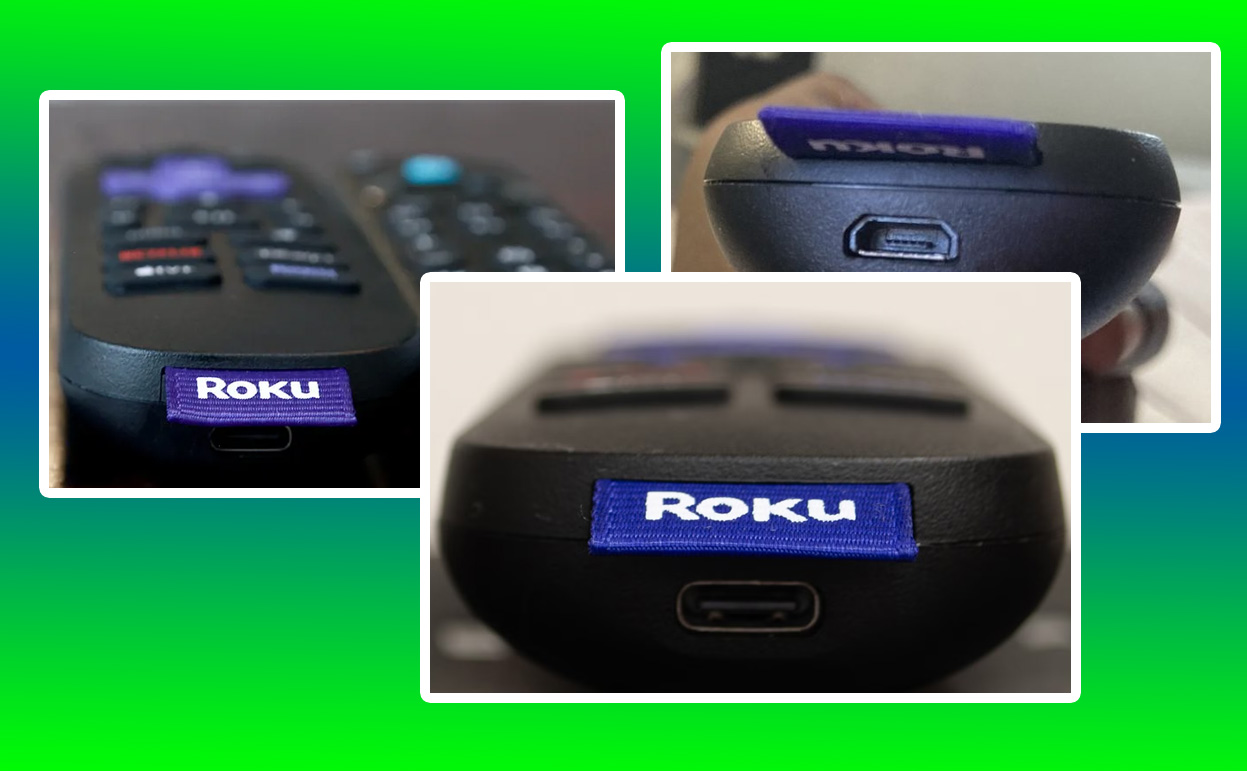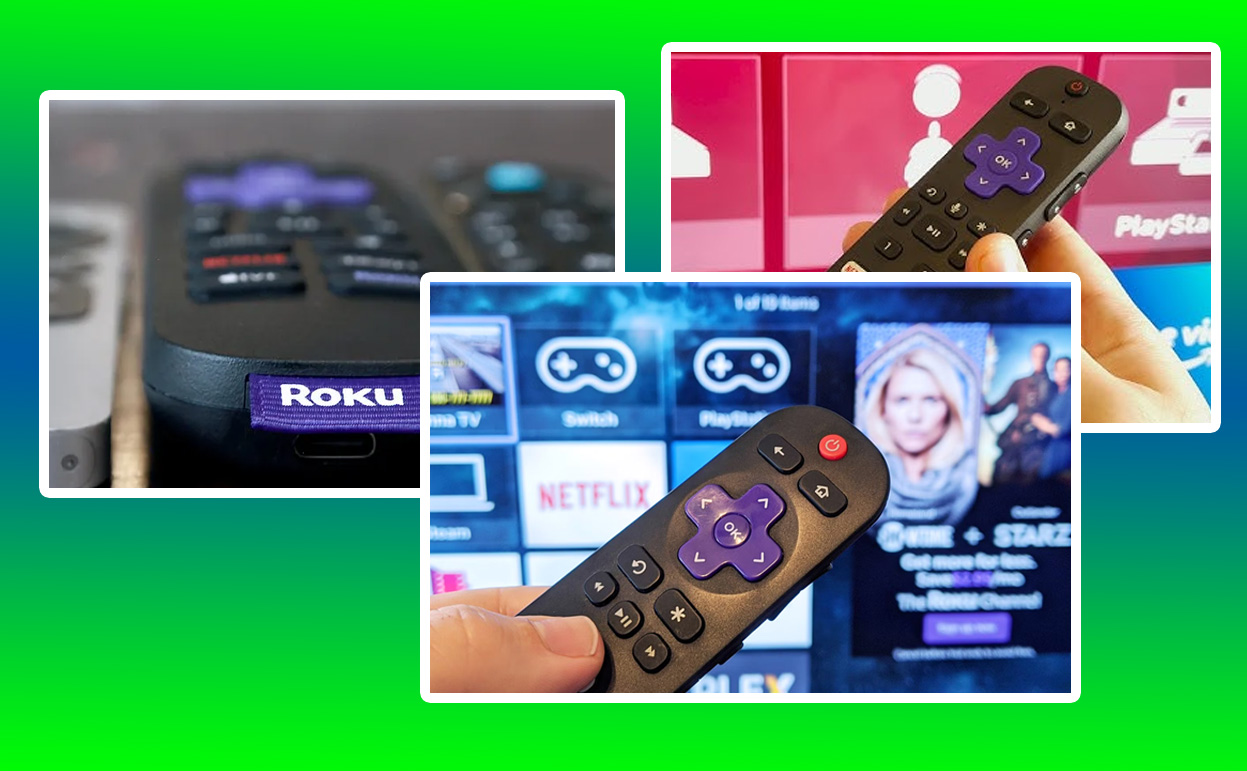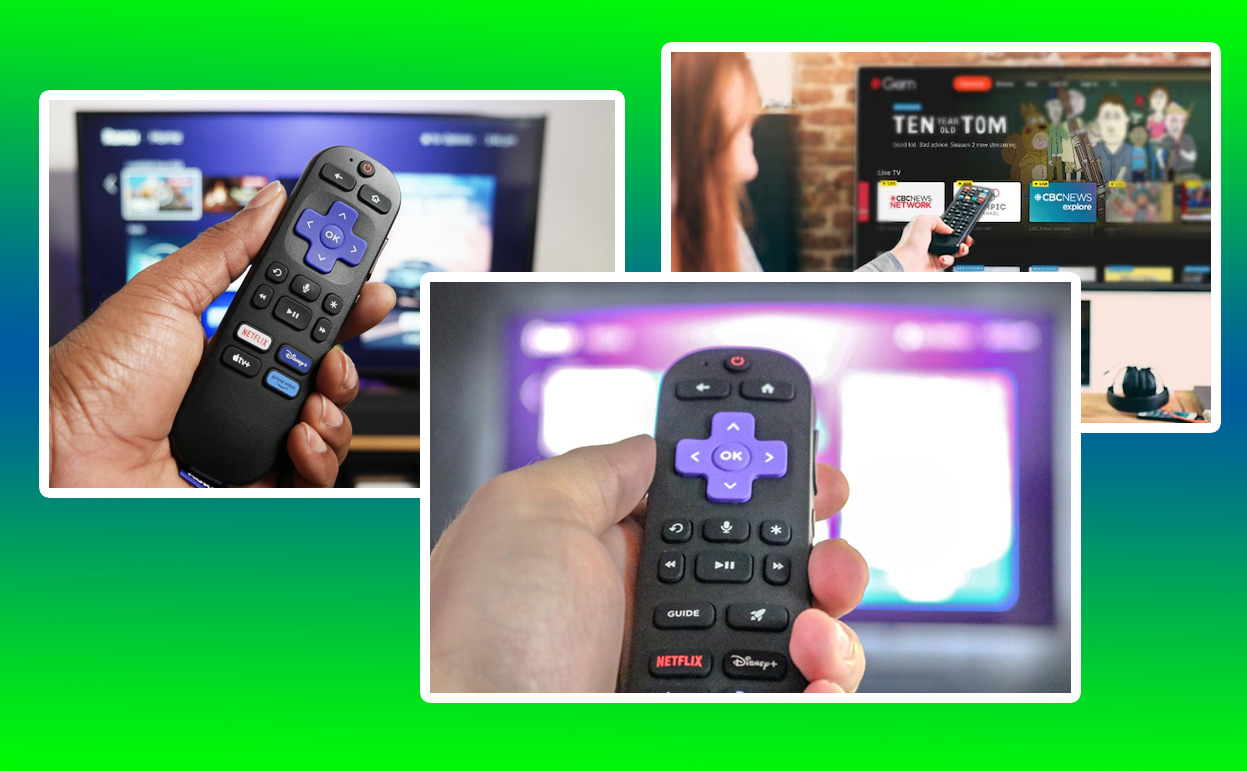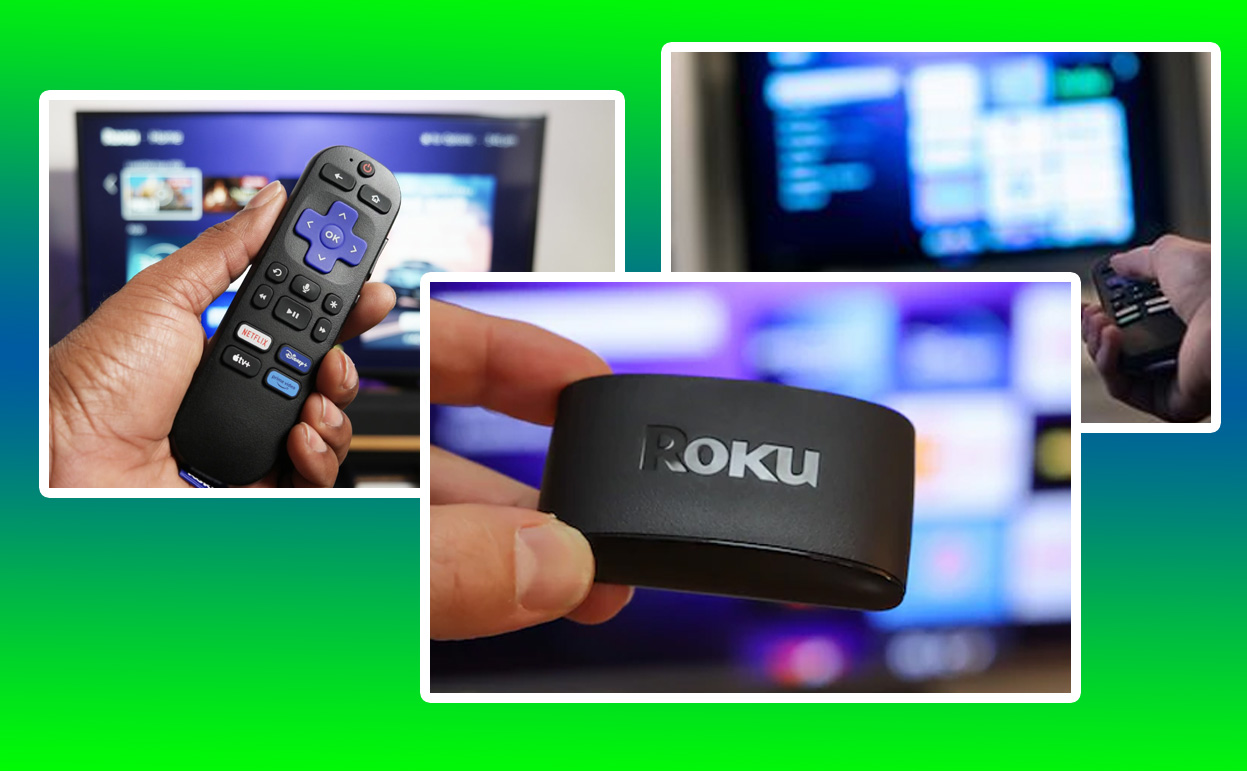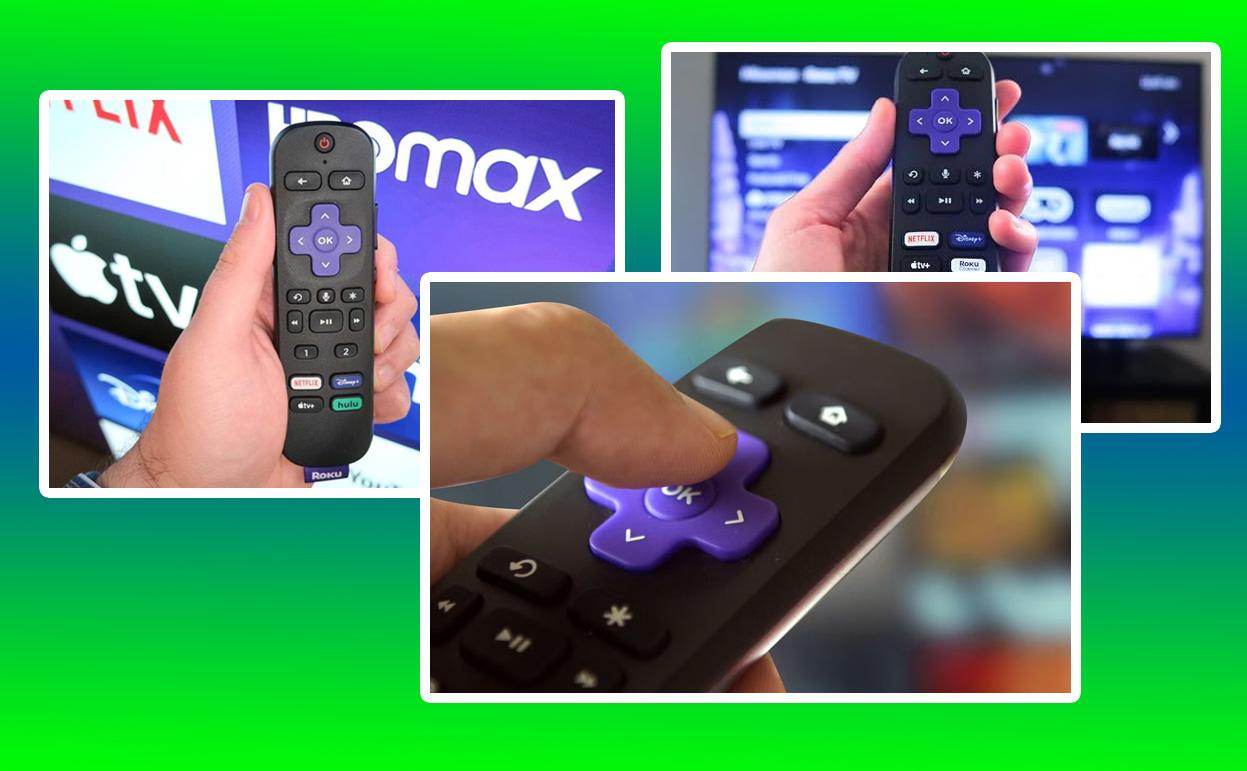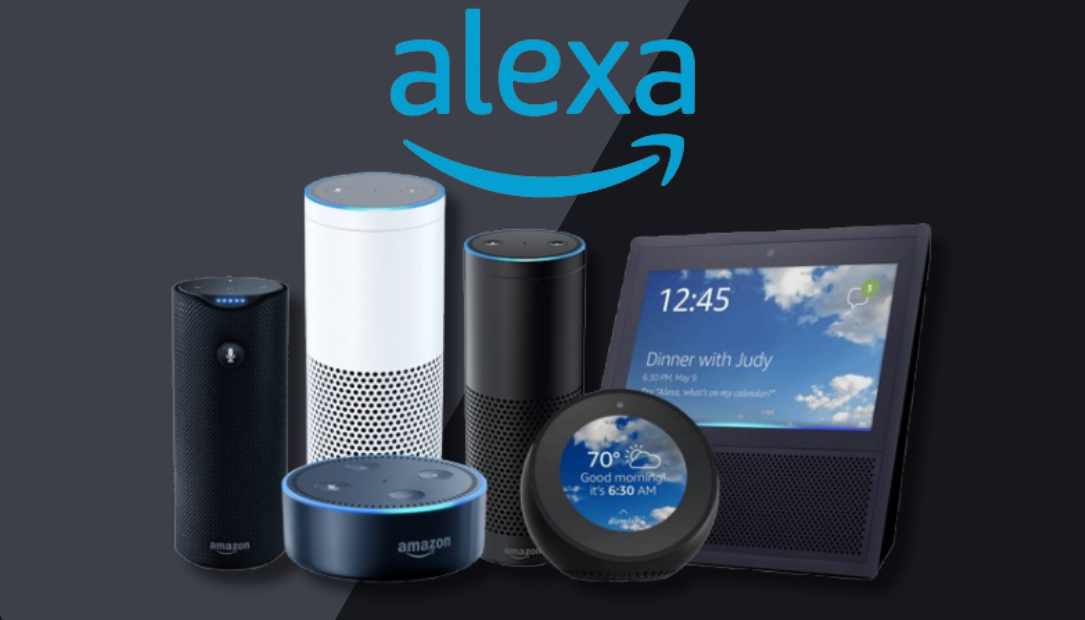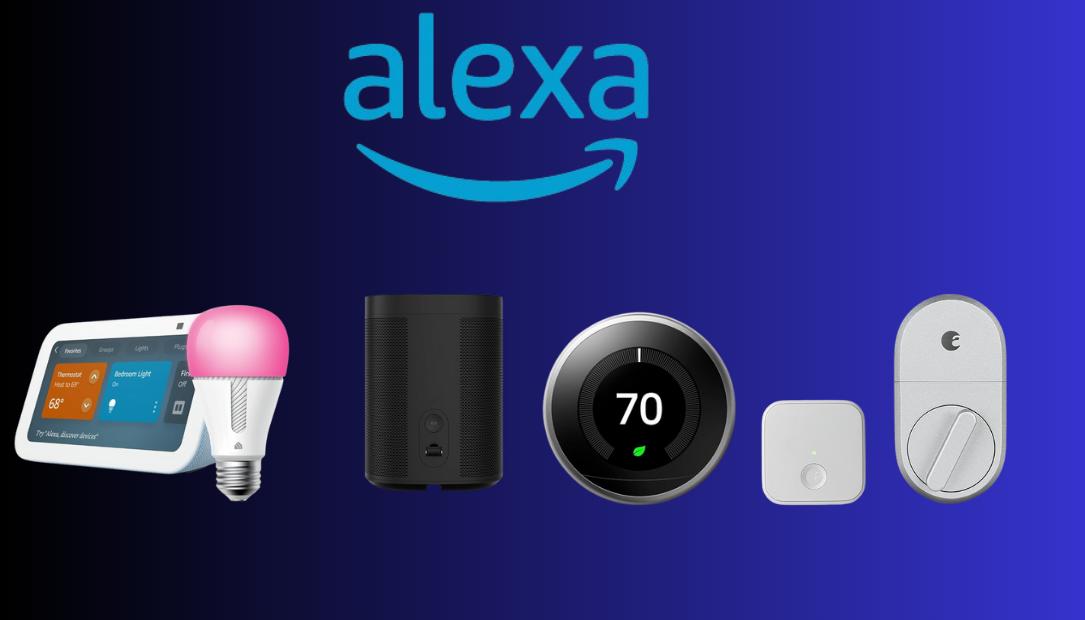Why Roku devices might keep restarting and offers possible workarounds to resolve the problem
Roku devices have revolutionized how we consume entertainment, providing seamless access to streaming content. However, as with any piece of technology, they can sometimes encounter issues that disrupt their performance. One frustrating problem users often report is the Roku device restarting repeatedly.
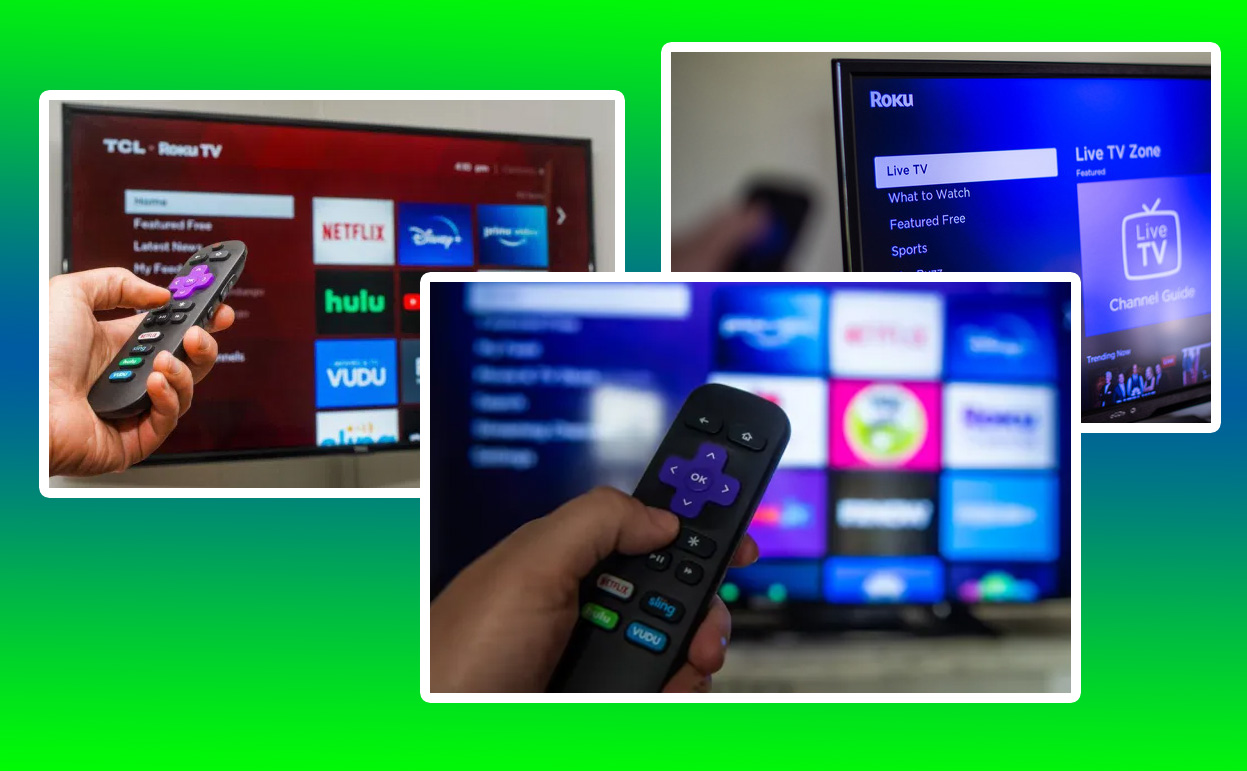
Whether you’re in the middle of an intense movie scene or your favorite show, this issue can be disruptive. This article explores why Roku devices might keep restarting and offers possible workarounds to resolve the problem.
Common Causes of Restarting
When a Roku device begins to restart repeatedly, it can often feel like a mystery. The device’s reboot loop might happen randomly or during specific activities like streaming certain apps or updating firmware. While it can be alarming, most cases are rooted in common causes that can be identified and addressed with relative ease.
1. Overheating
One of the most frequent reasons for a Roku device to restart is overheating. When the internal temperature of the device exceeds its operational threshold, it shuts down to prevent damage, often resulting in a restart loop.
2. Power Supply Issues
A faulty or insufficient power supply can cause the device to lose power and restart. This is especially common if you’re using an aftermarket adapter or a USB port on your TV instead of the official Roku power adapter.
3. Corrupt Firmware
Software glitches or incomplete updates can lead to erratic behavior, including frequent restarts. Firmware problems may arise from interrupted updates or bugs in the new software.
4. App Conflicts
Certain apps may not be optimized for Roku’s firmware, leading to instability. Streaming apps that consume high bandwidth or are prone to crashes can inadvertently cause the device to reboot.
5. Hardware Issues
Internal hardware problems, such as failing components, can trigger a restart loop. This is less common but more difficult to resolve without professional assistance.
6. Network Instability
Unstable internet connections can disrupt the communication between Roku and its servers, sometimes causing the device to restart as it attempts to reconnect.
Diagnosing the Problem
To address the issue effectively, identifying the root cause is critical. Users can start by observing patterns:
- Does the restarting happen after prolonged use? It could point to overheating.
- Does it occur when using specific apps or streaming certain content? This might suggest app-related issues.
- Does the device restart even when idle? A hardware or firmware issue may be at play.
Workarounds to Fix the Issue
While diagnosing the root cause is essential, implementing solutions can often mitigate the problem quickly. Below are detailed explanations of potential fixes for each common cause of Roku restarts.
Fix 1: Overheating Solutions
Improve Ventilation: Ensure the device is placed in an open area with good airflow. Avoid placing it in enclosed spaces like cabinets or near heat-emitting devices such as gaming consoles or TVs.
Inspect for Dust Build-up: Over time, dust can accumulate inside the device, impeding proper heat dissipation. Gently clean the vents using compressed air.
Limit Streaming Duration: Prolonged use can contribute to overheating. If the device feels unusually hot, unplug it and let it cool for about 30 minutes before using it again.
Fix 2: Power Supply Fixes
Use the Official Adapter: Always use the power adapter provided by Roku. If the original adapter is unavailable, ensure the replacement meets the same voltage and amperage specifications.
Avoid USB Ports: Connecting the Roku device to a USB port on your TV might not provide sufficient power. Plugging it into a wall outlet with the official adapter ensures consistent power delivery.
Check for Loose Connections: Ensure that the power cable and adapter are securely connected to both the device and the wall outlet.
Fix 3: Resolving Firmware Issues
Update the Device: Navigate to the settings menu and check for software updates. An updated firmware version might include bug fixes addressing restart issues.
Factory Reset: If updating doesn’t work, consider performing a factory reset. This restores the device to its original settings, clearing any corrupt firmware or configuration issues.
Fix 4: App Optimization
Uninstall Problematic Apps: Identify apps that frequently crash or cause restarts. Uninstalling and reinstalling these apps might resolve the problem.
Check for Updates: Ensure all installed apps are updated to their latest versions, which often include fixes for known bugs.
Fix 5: Hardware Inspections
Inspect for Damage: Check the device for physical damage or wear. Cracks or unusual marks might indicate internal issues.
Test with Another Roku: If possible, swap your Roku device with another to determine if the problem persists. This can help isolate whether the issue is device-specific or environmental.
Fix 6: Network Stabilization
Improve Wi-Fi Signal: Place your router closer to the Roku device or use a Wi-Fi extender to ensure a stable connection.
Switch to Ethernet: For devices with an Ethernet port, a wired connection can offer more stability than Wi-Fi.
Reboot Your Router: Restarting the router can resolve temporary network glitches affecting the Roku’s connectivity.
Quick Reference Table
| Cause | Symptom | Solution |
|---|---|---|
| Overheating | Device feels hot, frequent restarts | Improve ventilation, limit use |
| Power Supply | Random restarts | Use official adapter, avoid USB ports |
| Firmware Issues | Restarts during updates | Update firmware, factory reset |
| App Conflicts | Restarts when using certain apps | Update or reinstall apps |
| Hardware Problems | Persistent restart loop | Inspect for damage, test replacement |
| Network Instability | Restart during streaming | Improve Wi-Fi or switch to Ethernet |
When to Seek Professional Help
If the above solutions do not resolve the issue, contacting Roku’s support team or a qualified technician may be necessary. Persistent problems might indicate severe hardware failures or deep-rooted software issues requiring expert intervention.
Final Thoughts
Roku devices are designed for reliability and ease of use, but even the best technology can encounter hiccups. Frequent restarts can be frustrating, but understanding the underlying causes and applying targeted fixes can often restore normal operation. By following the solutions outlined above, you can enjoy uninterrupted streaming once again.
For long-term performance, regular maintenance, such as keeping the device clean and updated, can prevent many common problems.
Also Check:
- This Roku Remote Is Rechargeable, Saving You from Constant Battery Swaps
- Best Roku Alternatives for 2025 (Tested and Review): Streaming Performance, Device Integration, Content Selection,…
- Roku Express 4K: Your Affordable Gateway to 4K Streaming and Thousands of Channels
- Roku Universal Remote Control: Multi-Device Compatibility, Gaming Buttons & Voice Assistant
- Roku TVs With 4K HDR and Dolby Vision Support
